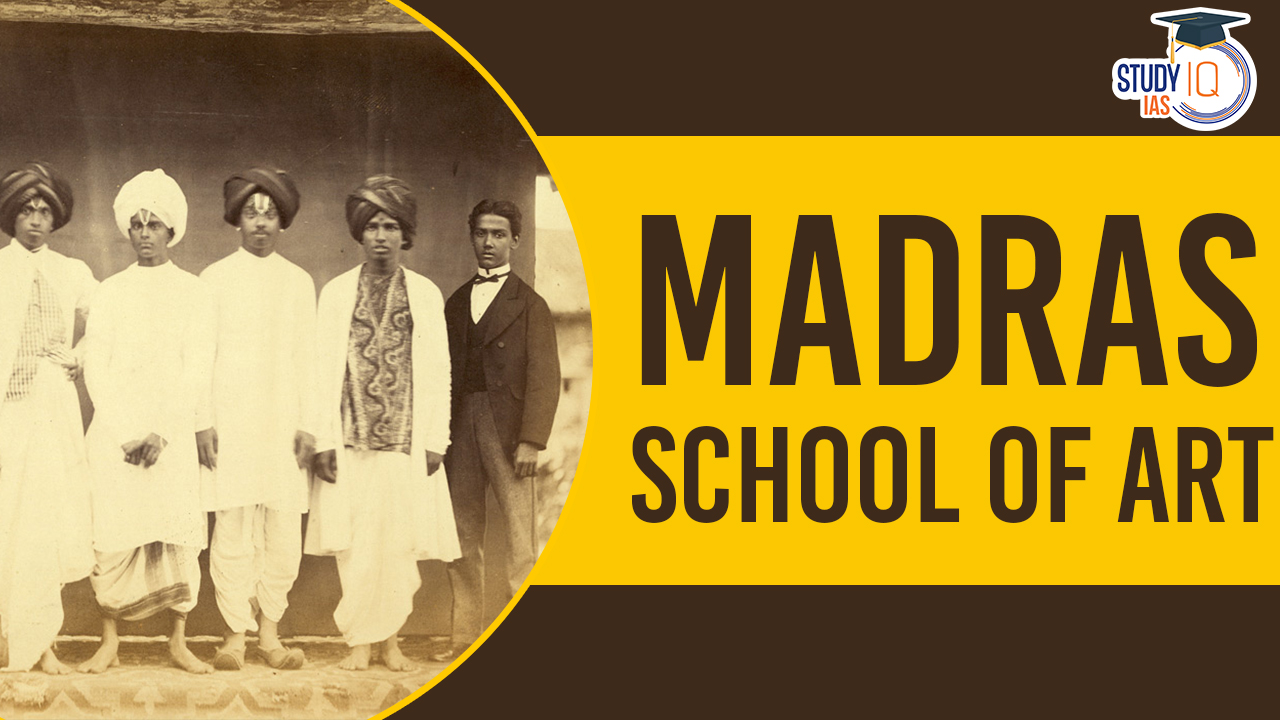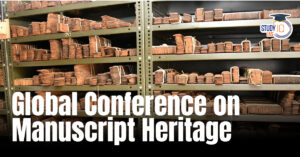Table of Contents
The Madras School of Art, now recognized as the Government College of Fine Arts, stands as one of India’s oldest art institutes. Originally founded as a private institution by surgeon Alexander Hunter in 1850, it underwent several name changes as it evolved over the years. In 1852, the government assumed control, leading to its renaming as the Government School of Industrial Arts. Subsequent changes occurred, and in 1962, it became the Government School of Arts and Crafts, followed by the title Government College of Arts and Crafts. Finally, it was designated the Government College of Fine Arts. Throughout its history, the Madras School of Art has played a pivotal role in advancing art standards in India and nurturing hidden talents.
We’re now on WhatsApp. Click to Join
Evolution of Madras School of Art
The Madras School of Art, now officially known as the Government College of Fine Arts, holds a significant place in India’s artistic heritage. Originally established in 1850 by surgeon Alexander Hunter as a private school of arts, it underwent a series of transformations in its nomenclature as it evolved over the years.
In 1852, following the government’s assumption of control, it was renamed the Government School of Industrial Arts. Over time, the institution witnessed further name changes, becoming the Government School of Arts and Crafts in 1962 and later the Government College of Arts and Crafts. Finally, it acquired its present designation as the Government College of Fine Arts.
Throughout its enduring history, the Madras School of Art has played a pivotal role in elevating artistic standards in India and unveiling latent talents. The institution stands as a testament to the rich artistic tradition and creative endeavors that have flourished within its walls over the years.
Features of Madras School of Art
With roots dating back to its establishment in 1850 by surgeon Alexander Hunter, the Madras School of Art has a rich and enduring history as one of India’s oldest art institutions.
- Evolution of Names: The school underwent several name changes over the years, reflecting its evolution and adaptation. From its origin as a private school, it transitioned through titles like the Government School of Industrial Arts, Government School of Arts and Crafts, and Government College of Arts and Crafts, before finally being named the Government College of Fine Arts.
- Government Patronage: After the government took control in 1852, the institution received official support, contributing to its growth and development as a center for artistic education.
- Contribution to Art Standards: The Madras School of Art has played a pivotal role in raising the standards of art in India. It has been a nurturing ground for artistic talent, contributing significantly to the development of the country’s art scene.
- Hidden Talent Unveiling: The institution has a reputation for bringing out hidden talents, providing a platform for budding artists to explore and showcase their creativity.
- Diverse Art Disciplines: Over the years, the school has likely offered a diverse range of art disciplines, encompassing painting, sculpture, applied arts, and other forms of visual expression.
- Cultural and Artistic Impact: The Madras School of Art has left an indelible mark on the cultural and artistic landscape of India. Its alumni have likely made significant contributions to the art world, both nationally and internationally.
- Educational Excellence: As a government institution dedicated to fine arts, it likely emphasizes educational excellence, providing students with a comprehensive and rigorous curriculum to hone their artistic skills.
- Alumni Achievements: The institution’s alumni may have achieved recognition and success in various fields of art, contributing to the overall reputation of the Madras School of Art.
Madras art movement
The Madras Art Movement unfolded in the 1960s as a significant modern art movement in India. In the post-independence era, Indian artists sought to assert their distinct identity and authenticity. In pursuit of this objective, Devi Prasad Roy Chowdhury, the principal of the Madras School of Arts, played a pivotal role by formulating a curriculum for fine arts, thereby laying the groundwork for the development of the Madras Art Movement.
Embracing the ethos of fostering artistic identity, the Madras School of Arts became a magnet for aspiring artists from states such as Kerala, Andhra Pradesh, Karnataka, and Tamil Nadu. During the 1960s, it stood as the sole institution offering art education to students, attracting a diverse and talented cohort.
The artists who emerged during this period provided a conducive environment for the critical examination of modern arts, encapsulated within the Madras Art Movement. Graduates from the Madras School of Arts went on to establish themselves as independent artists, contributing to the movement’s growth and influence.
The Madras Art Movement of the 1960s witnessed a synthesis of figurative and abstract art styles. Artists explored and practiced these diverse forms of expression, adding richness and depth to the evolving landscape of modern Indian art. Through their endeavors, the artists associated with the Madras Art Movement played a crucial role in shaping the trajectory of contemporary art in the country.
Madras School of Art UPSC
The Government College of Fine Arts, formerly the Madras School of Art, stands as India’s oldest art institute with roots dating back to British rule. Renamed multiple times, it has been a historical hub that revolutionized art perception. Dedicated principles ensured quality education, while its association with the Madras Art Movement, notably through Cholamandal artists, transformed perspectives on modern art. This institution, now the Government College of Fine Arts, continues to embody a rich artistic legacy, influencing generations and leaving an indelible mark on India’s cultural landscape.


 Maratha Military Landscapes of India Add...
Maratha Military Landscapes of India Add...
 India to Host First Global Conference on...
India to Host First Global Conference on...
 UNESCO World Heritage Sites of India Lis...
UNESCO World Heritage Sites of India Lis...





















